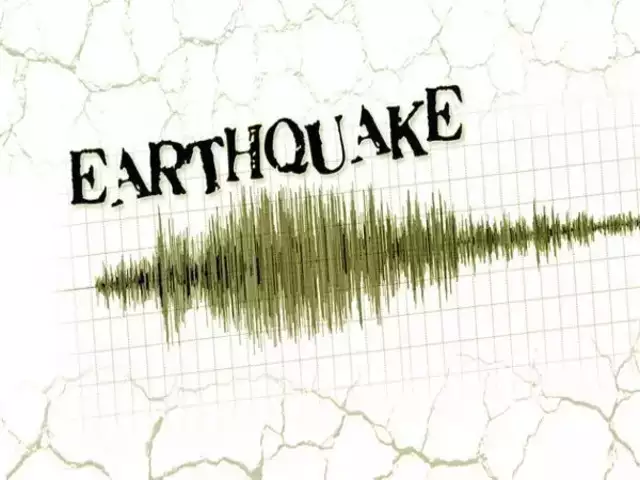Short introduction
Earthquakes in Italy are not unusual.
The Italian Peninsula is a place where earthquakes and volcanic eruptions meet. Volcanologists are quite accurate in recognizing the upcoming eruption, but seismologists have trouble determining the time and place of the next quake.
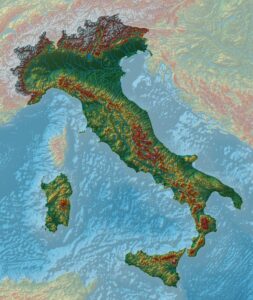
Almost the entire area of Italy is at risk of an earthquake. This is shown on the map below.
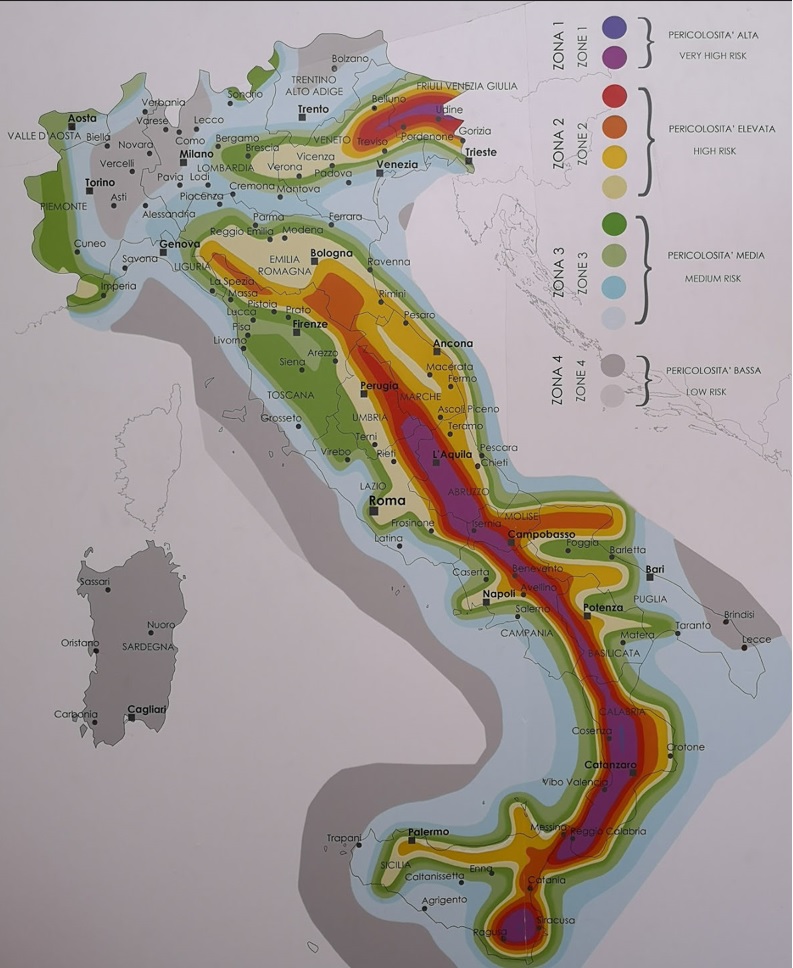
- Navy blue and purple indicate the greatest earthquake risk
- Red and yellow indicate high risk zones.
The above regions are primarily the surroundings and areas of the Apennines themselves, evidence of this are earthquakes that occurred from 1980, after 1997, 2009, until 2016. - Green and blue are regions of medium risk. These are mainly areas of Tuscany and most of northern Italy.
- The safest areas in Italy (gray) are: Sardinia, parts of the Puglia, Piedmont and Trentino-Mot Adige regions, as well as the islands of the Tuscan Archipelago, Pociańskie and the Aegadians
Causes of earthquakes in Italy
Earthquakes occur when large tectonic plates overlap or come together. The latter is what we are dealing with in central Italy. Around the Adriatic Sea and the Apennine Peninsula. The African plate is very slowly moving towards the Eurasian plate. A lithospheric wedge is formed here.
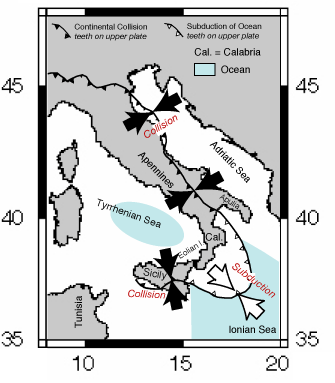
It sticks out in front of Africa and, as it pushes into Europe, it pushes the local regions apart. This causes huge stresses on the rocks, which at some point push apart in the form of earthquakes
The scale of the destruction
The scale of destruction depends on many different factors, such as: the strength of the shock, the depth of the earthquake (the more pulmonary it occurred, the greater the damage to the surface), the geological structure of the area and the density of buildings.
Earthquake in 2016
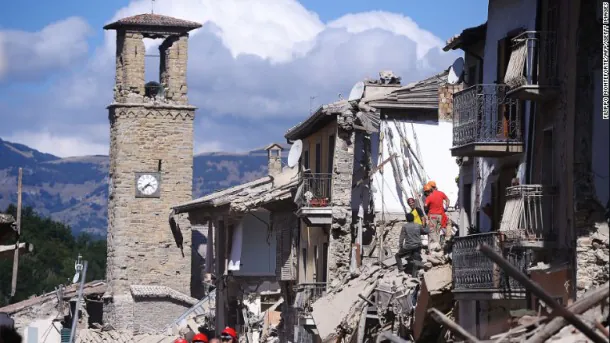
Earthquake in 2009


